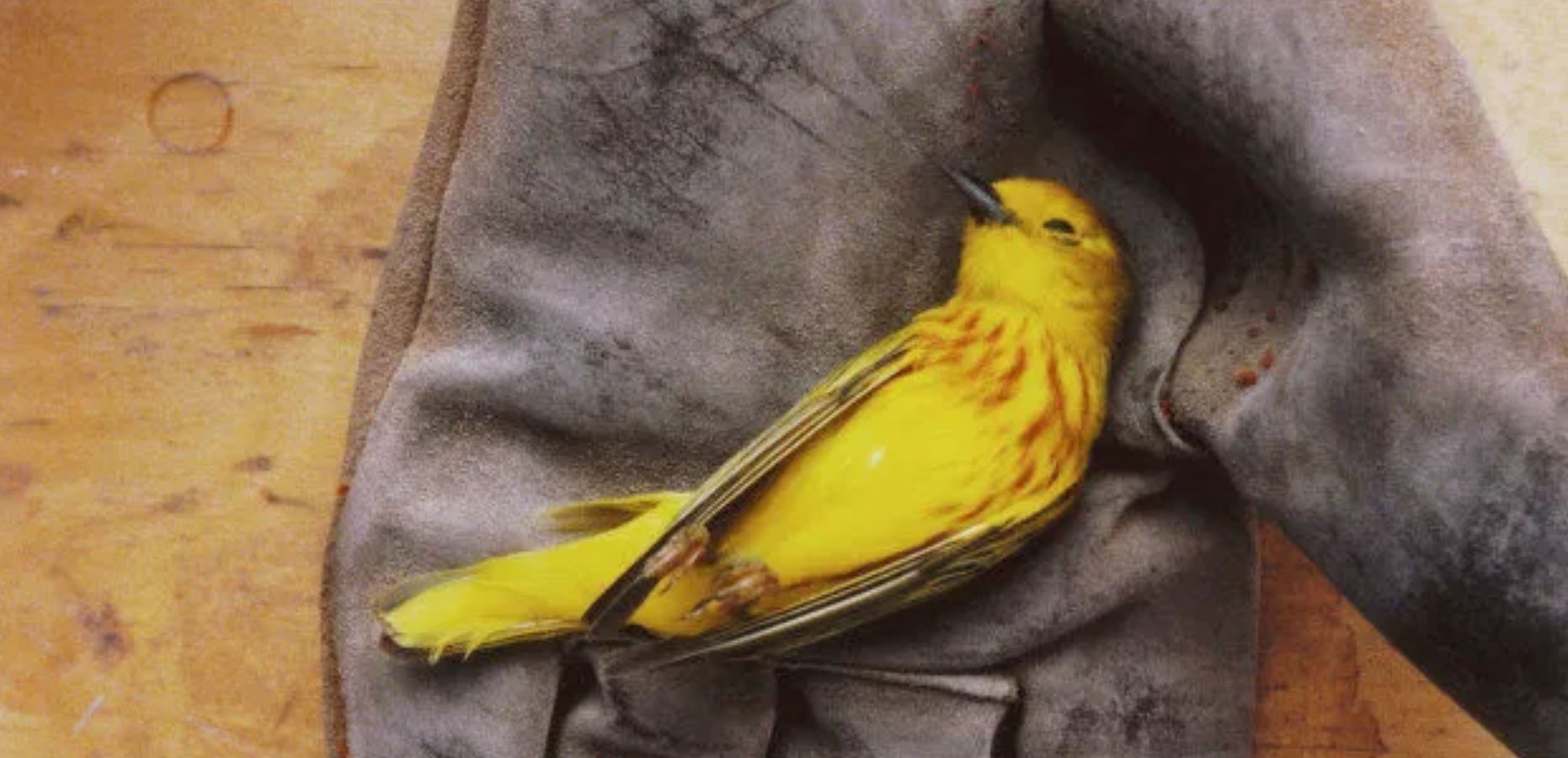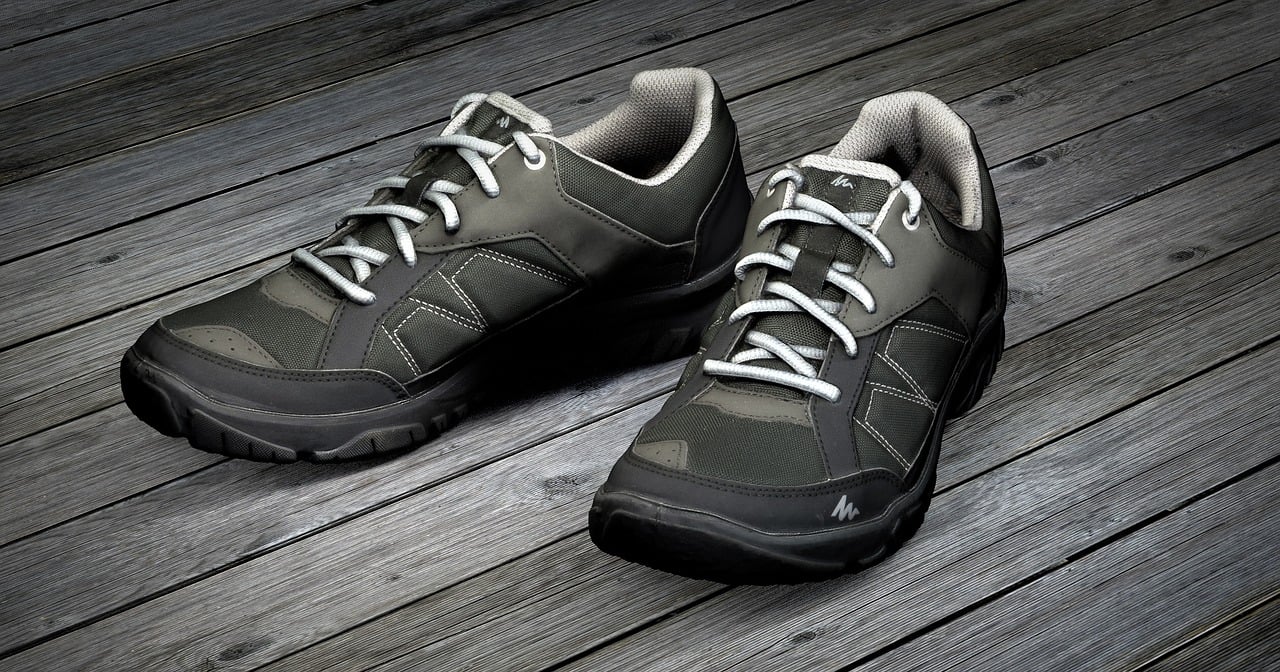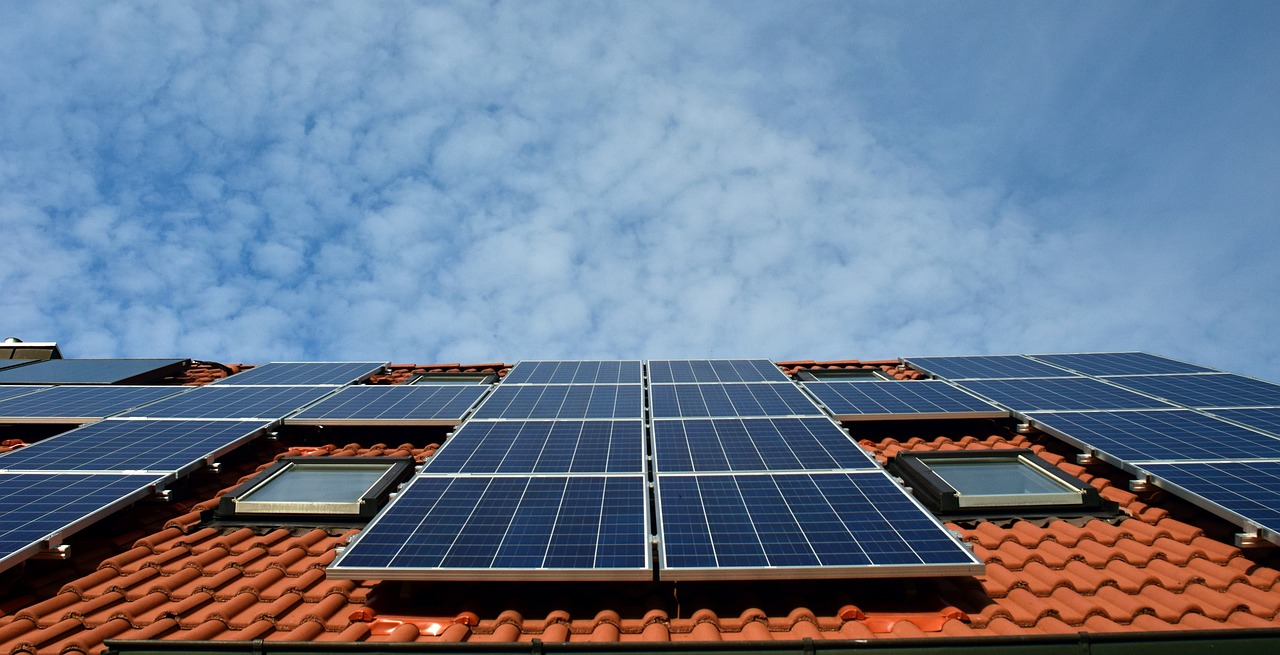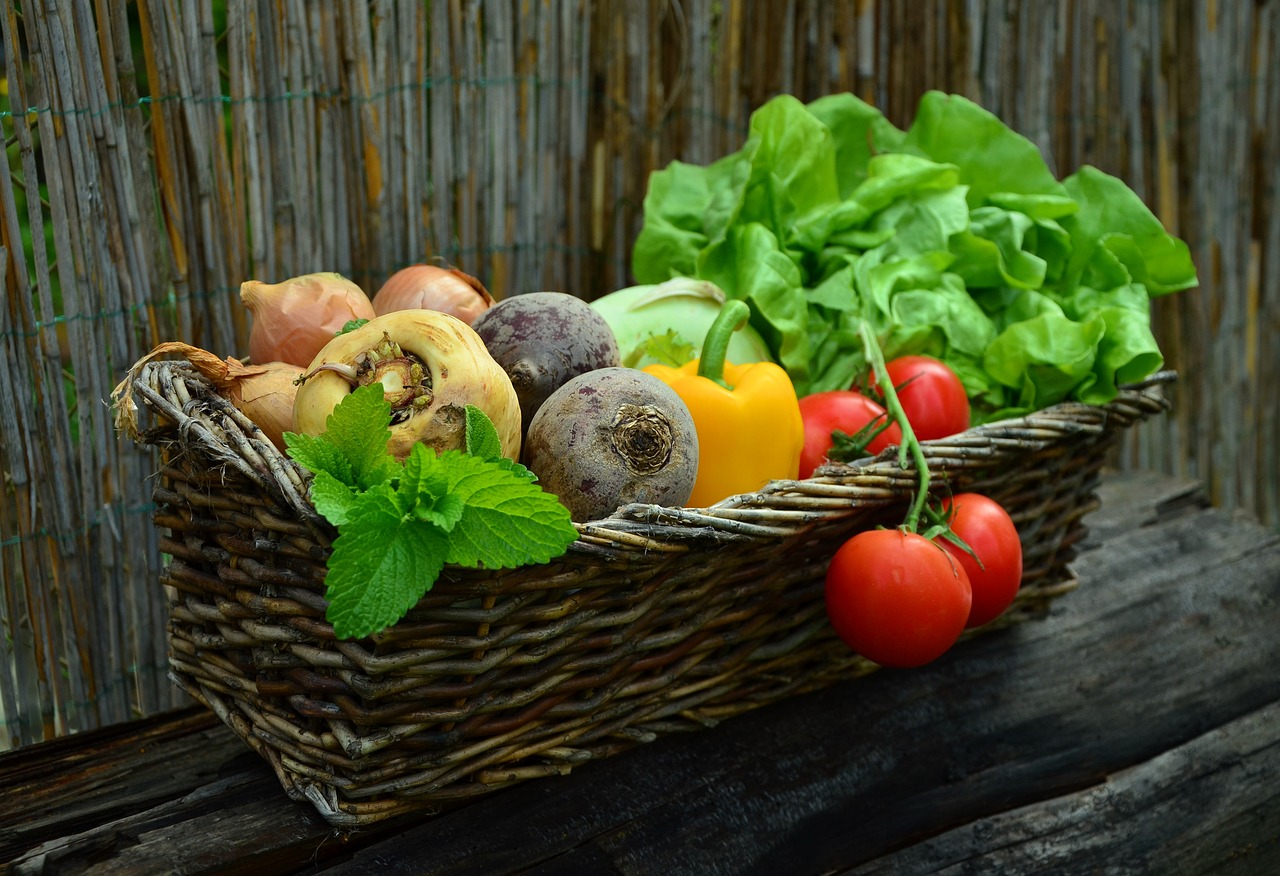Embrace a Sustainable Future: 80 Powerful Steps You Can Take Today
The Earth, our beautiful blue planet, is facing unprecedented challenges. From climate change and biodiversity loss to pollution and resource depletion, the need for action has never been clearer. While the issues may seem daunting, remember, even the smallest steps can create a ripple effect, leading to positive change.
This blog post unveils 80 practical actions you can take to contribute to a more sustainable future. These steps, categorized into different aspects of daily life, empower you to make a difference, one green choice at a time.
Reduce, Reuse, Recycle: The Power of Mindful Consumption
- Embrace minimalism:Challenge yourself to live with less. Declutter your home and avoid impulse purchases. Opt for experiences over material possessions.
- Shop secondhand:Give pre-loved items a new life by buying clothes, furniture, and other goods from thrift stores, vintage shops, or online marketplaces.
- Choose durable products:Invest in well-made items that will last longer, reducing waste and the need for frequent replacements.
- Repair over replace:Before discarding something, consider if it can be repaired. Learn basic repair skills or support local repair businesses.
- Embrace reusable alternatives:Ditch single-use plastics like straws, bags, and water bottles. Invest in reusable alternatives like cloth bags, metal straws, and refillable water bottles.
- Compost food scraps and yard waste:Turn organic waste into nutrient-rich compost for your garden, reducing landfill waste and creating healthy soil.
- Recycle diligently:Learn about your local recycling guidelines and diligently sort your waste for recycling.
Shifting Gears: Sustainable Transportation
- Walk, bike, or use public transportation:Whenever possible, opt for these active and emissions-free modes of transport. It’s good for your health and the planet!
- Carpool or share rides:Reduce the number of cars on the road by carpooling with colleagues or neighbors for errands or commutes.
- Maintain your vehicle regularly:Proper maintenance ensures your car runs efficiently, reducing fuel consumption and emissions.
- Consider electric vehicles:If purchasing a new car, explore electric or hybrid options that offer lower emissions and potentially lower running costs.
- Support sustainable travel:Choose eco-friendly travel options like trains, buses, or electric ferries when planning your next vacation.
Energy Efficiency: Powering a Sustainable Future
- Switch to energy-efficient appliances:Look for Energy Star-certified appliances when replacing old ones. They may cost slightly more upfront but save you money and energy in the long run.
- Unplug unused electronics:Electronics on standby still consume energy. Get into the habit of unplugging chargers, TVs, and other devices when not in use.
- Air dry clothes:Skip the dryer whenever possible and utilize the natural power of the sun to dry your clothes.
- Wash clothes in cold water:Most laundry detergents work effectively in cold water, saving energy used for heating water.
- Shorten shower times:Every minute counts! Reducing your shower time by even a few minutes saves water and energy.
- Use natural light:Take advantage of daylight whenever possible. Open curtains during the day and switch on lights only when needed.
- Install smart thermostats:These devices learn your heating and cooling preferences and adjust automatically, saving energy and money.
Green Your Diet: Sustainable Food Choices
- Reduce your meat consumption:Meat production has a significant environmental impact. Consider incorporating more plant-based meals into your diet.
- Buy local and seasonal produce:This supports local farmers, reduces transportation emissions, and ensures fresher, more flavorful food.
- Plan your meals:Planning helps reduce food waste by buying only what you need and utilizing leftovers creatively.
- Grow your own food:Even a small balcony garden can provide fresh herbs, vegetables, or fruits, reducing your reliance on store-bought produce.
- Compost food scraps:As mentioned earlier, composting food scraps creates nutrient-rich fertilizer for your garden, closing the loop.
- Support sustainable farms:Look for farms that prioritize ethical and environmentally responsible practices.
- Avoid processed foods:These are often packaged in excessive plastic and have a larger carbon footprint than whole foods.
Stay Informed, Get Involved, and Inspire Others
- Stay informed about environmental issues:Educate yourself about current challenges and solutions. Read reliable sources, watch documentaries, and attend talks or workshops.
- Support environmental organizations:Donate to organizations working on environmental protection, conservation, and sustainability initiatives.
Reduce your water footprint: Be mindful of your usage
- Reduce your water footprint:Be mindful of your usage in everyday activities. Shorten showers, fix leaky faucets, and water your lawn only when necessary.
- Install water-efficient fixtures:Upgrade your showerhead, faucet aerators, and toilet to low-flow models, significantly reducing water consumption.
- Harvest rainwater:Capture rainwater in barrels or cisterns to use for watering plants, washing your car, or other non-potable purposes.
- Mulch your garden:Mulch helps retain soil moisture, reducing the need for frequent watering.
- Take shorter showers:Every minute counts! Aim for showers under 5 minutes, and challenge yourself to reduce the duration further.
- Turn off the tap while brushing your teeth or shaving:Don’t let the water run unnecessarily while performing these activities.
- Defrost food safely in the refrigerator:Avoid thawing food under running water, which wastes a significant amount.
- Fix leaky faucets and sprinklers promptly:Even small leaks can waste gallons of water over time. Address them promptly to conserve water.
- Wash your car with a bucket instead of a hose:Use a bucket and sponge to wash your car, minimizing water usage compared to a running hose.
- Water your lawn deeply and less frequently:Deep watering encourages roots to grow deeper, making your lawn more resistant to drought and requiring less frequent watering.
Responsible Consumerism: Making Ethical Choices
- Choose eco-friendly brands:Research companies committed to sustainability and fair labor practices, and support them with your purchases.
- Avoid fast fashion:The fast fashion industry is notorious for its environmental and ethical issues. Opt for timeless, durable clothing from sustainable brands.
- Buy in bulk:When possible, buy larger quantities of household staples like laundry detergent or shampoo to reduce packaging waste.
- Support local businesses:Shopping locally reduces transportation emissions and supports your community.
- Borrow or rent instead of buying:Consider borrowing tools, equipment, or even clothing for occasional use instead of buying them new.
- Ditch disposable products:Opt for reusable alternatives whenever possible, like cloth napkins, handkerchiefs, and menstrual cups.
- Read product labels and choose recycled content:Look for products made with recycled materials and support companies prioritizing sustainability in their packaging.
Advocate for Change: Be a Voice for the Planet
- Talk to your friends and family:Share your knowledge and passion for sustainability with those around you. Encourage them to adopt eco-friendly habits.
- Write to your elected officials:Advocate for policies that support environmental protection and sustainable practices.
- Support sustainable businesses and initiatives:Invest in companies or projects committed to sustainability through crowdfunding or ethical investment funds.
- Get involved in local environmental groups:Join community groups working on environmental issues like cleanups, tree planting, or conservation efforts.
- Participate in climate marches and protests:Raise your voice and join rallies or demonstrations demanding action on climate change and environmental protection.
Empowering Your Community: Spreading the Sustainability Message
- Start a community garden:Community gardens provide green spaces, promote local food production, and foster social connections.
- Organize educational workshops:Share your knowledge and inspire others by hosting workshops on topics like composting, rainwater harvesting, or energy conservation.
- Advocate for sustainable school programs:Encourage your local schools to incorporate sustainability education into their curriculum and implement eco-friendly practices.
- Support green businesses:Patronize businesses that prioritize sustainability in their operations and products.
- Challenge unsustainable practices in your community:Speak up against harmful environmental practices and advocate for change.
- Organize community cleanups:Organize cleanups in your neighborhood, parks, or beaches to remove litter and beautify your community.
- Plant trees:Trees absorb carbon dioxide, provide shade, and improve air quality. Plant trees in your yard, participate in community tree planting events, or support organizations involved in reforestation efforts.
Connecting with Nature: Cultivating a Sustainable Mindset
- Spend time outdoors:Immerse yourself in nature through hiking, camping, gardening, or simply enjoying a walk in the park. Reconnecting with nature fosters appreciation for the environment and inspires sustainable actions.
- Support sustainable tourism:Choose eco-friendly travel options that minimize your environmental impact and support local communities.
- Practice mindfulness:Mindfulness helps you connect with your present moment and appreciate the natural world around you. Meditation, nature walks, and spending time in silence can cultivate mindfulness.
- Reduce your digital footprint:The digital world also has an environmental impact. Stream less, delete unnecessary emails, and utilize cloud storage efficiently.
- Conserve water in your garden:Utilize water-efficient plants, mulch heavily, and choose native species adapted to your local climate.
- Compost yard waste:Turn leaves, grass clippings, and other yard waste into nutrient-rich compost for your garden, reducing landfill waste and creating healthy soil.
- Support organic farming:Choose organic produce whenever possible to reduce exposure to harmful pesticides and promote sustainable agricultural practices.
Embrace Sustainable Living at Home
- Use natural cleaning products:Opt for DIY cleaning solutions with vinegar, baking soda, and essential oils, avoiding harsh chemicals harmful to your health and the environment.
- Make your own gifts:Get creative and craft homemade gifts for loved ones, reducing waste and adding a personal touch.
- Reuse and upcycle:Get creative and give new life to old items instead of throwing them away.
- Air dry clothes whenever possible:Skip the dryer and utilize the natural power of the sun to dry your clothes, saving energy and reducing wear and tear.
- Cook more meals at home:Eating out often creates significant waste. Cooking more meals at home allows you to control ingredients, portion sizes, and packaging.
- Invest in reusable food wraps:Ditch plastic wrap and cling film in favor of reusable beeswax wraps or silicone containers for storing food.
- Make informed investment choices:Consider the environmental and social impact of companies before investing in them.
Embracing a Circular Economy: Reduce, Reuse, and Repurpose
- Support businesses that embrace the circular economy:Look for companies that design products for disassembly, repair, and reuse, minimizing waste and maximizing resource utilization.
- Donate unwanted items:Instead of throwing away clothes, furniture, or other items in good condition, donate them to charities or thrift stores.
- Host or participate in swap parties:Organize or attend clothing, book, or toy swap parties to exchange pre-loved items and reduce consumption.
- Repair broken items instead of replacing them:Learn basic repair skills or support local repair businesses to give new life to broken items.
- Choose products with minimal packaging:Opt for products with minimal or recyclable packaging to reduce waste.
- Compost food scraps and yard waste:As mentioned earlier, composting is a fantastic way to reduce waste and create nutrient-rich fertilizer for your garden.
- Support initiatives that promote reuse and repair:Advocate for policies and programs that encourage repair cafes, product take-back schemes, and extended warranties.
Inspiring the Future: Empowering the Next Generation
- Teach children about sustainability:Involve children in gardening, composting, recycling, and other eco-friendly activities, fostering environmental awareness from a young age.
- Support environmental education programs:Donate to or volunteer with organizations that provide environmental education programs for children and young adults.
Remember, even the smallest steps can create a ripple effect, impacting the world around you and inspiring others to follow suit. By incorporating these practical steps into your daily life, you can contribute to a healthier planet for yourself, your community, and future generations.
The journey towards a sustainable future requires collective action. Share your knowledge, inspire those around you, and actively participate in creating a world where environmental responsibility and conscious living become the norm. Together, we can make a difference and build a brighter future for our planet.
Additional Tips:
- Celebrate your wins!Acknowledge and celebrate your progress, no matter how small. Recognizing your achievements keeps you motivated and inspires others.
- Don’t be afraid to make mistakes.We all make them! Learn from your slip-ups and keep moving forward.
- Be patient and persistent.Change takes time, so be patient with yourself and the world around you. Keep taking action, and eventually, you’ll see the positive impact.
- Have fun!Embracing sustainability can be an enjoyable and rewarding experience. Find ways to incorporate eco-friendly practices into activities you already enjoy.
Remember, a sustainable future is possible, and you have the power to make it happen. Take action today, one step at a time, and be the change you wish to see in the world.
Resources
- Environmental Protection Agency (EPA):https://www.epa.gov/ – The official website of the EPA provides a wealth of information on various environmental topics, including sustainability, climate change, and pollution prevention. It offers resources for individuals, businesses, and communities to take action towards a healthier planet.
- National Resources Defense Council (NRDC):https://www.nrdc.org/ – NRDC is a leading environmental organization in the USA, advocating for policy change and promoting sustainable solutions. Their website offers resources on sustainable living, including eco-friendly tips, guides, and action alerts.
- Sierra Club:https://www.sierraclub.org/ – Founded in 1892, the Sierra Club is one of the oldest and largest environmental organizations in the USA. Their website provides information on various environmental issues and campaigns, along with resources for individuals to get involved in protecting the planet.
- Green America:https://www.greenamerica.org/ – Green America is a non-profit organization focused on empowering consumers to make environmentally responsible choices. Their website offers resources on sustainable living, ethical shopping, and campaigning for green businesses.
- org:https://www.dosomething.org/us – DoSomething.org is a non-profit organization that motivates young people to take action on various social causes, including environmental issues. Their website offers resources and campaigns for young people to make a difference in their communities and the planet.
- Sustainable Living Expo:https://www.sustainabilityexpo.com/2022/cookie-en.php – Held annually in various cities across the USA, the Sustainable Living Expo showcases eco-friendly products, services, and educational resources from businesses and organizations dedicated to sustainability. Attending the expo provides a great opportunity to learn about various sustainable practices and connect with others passionate about environmental responsibility.
















